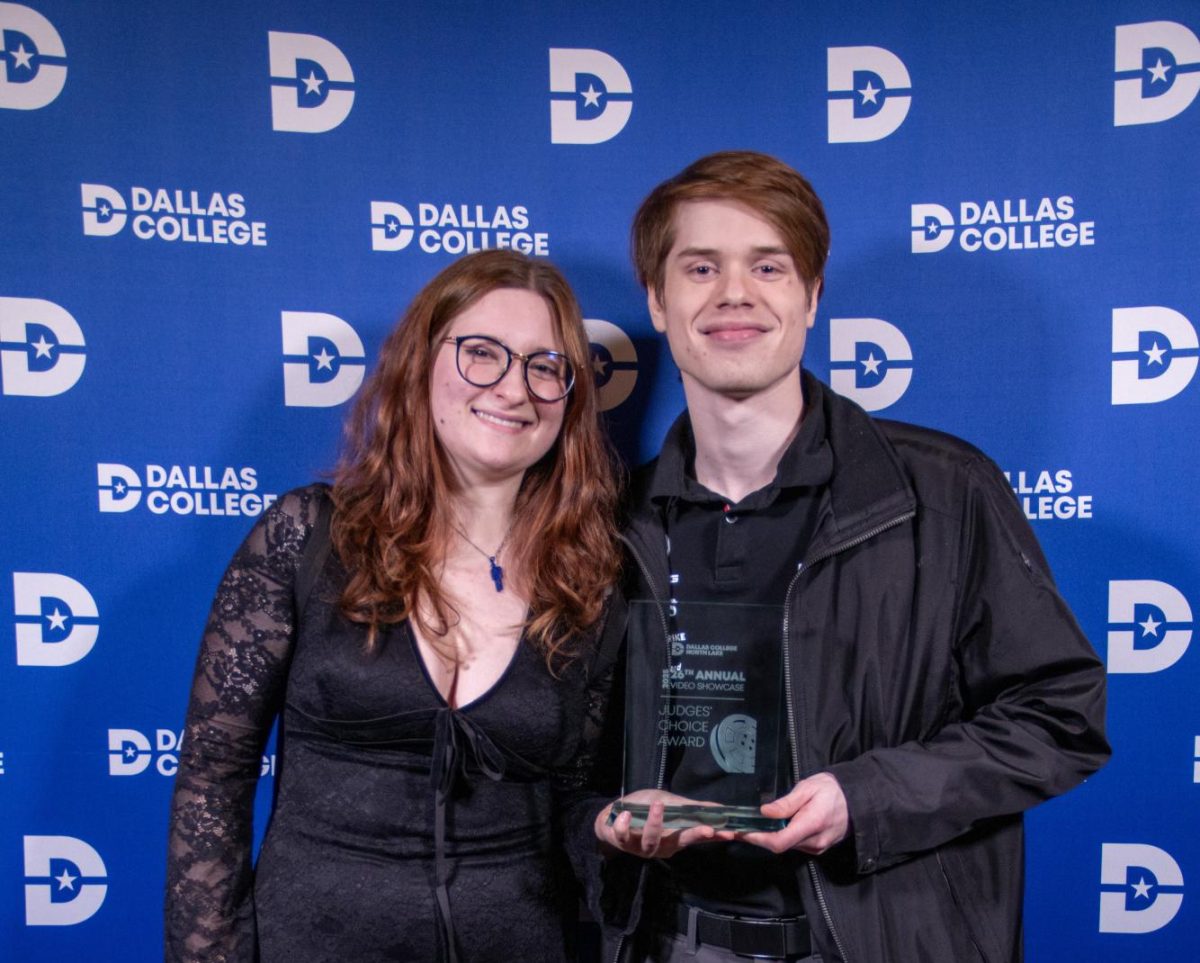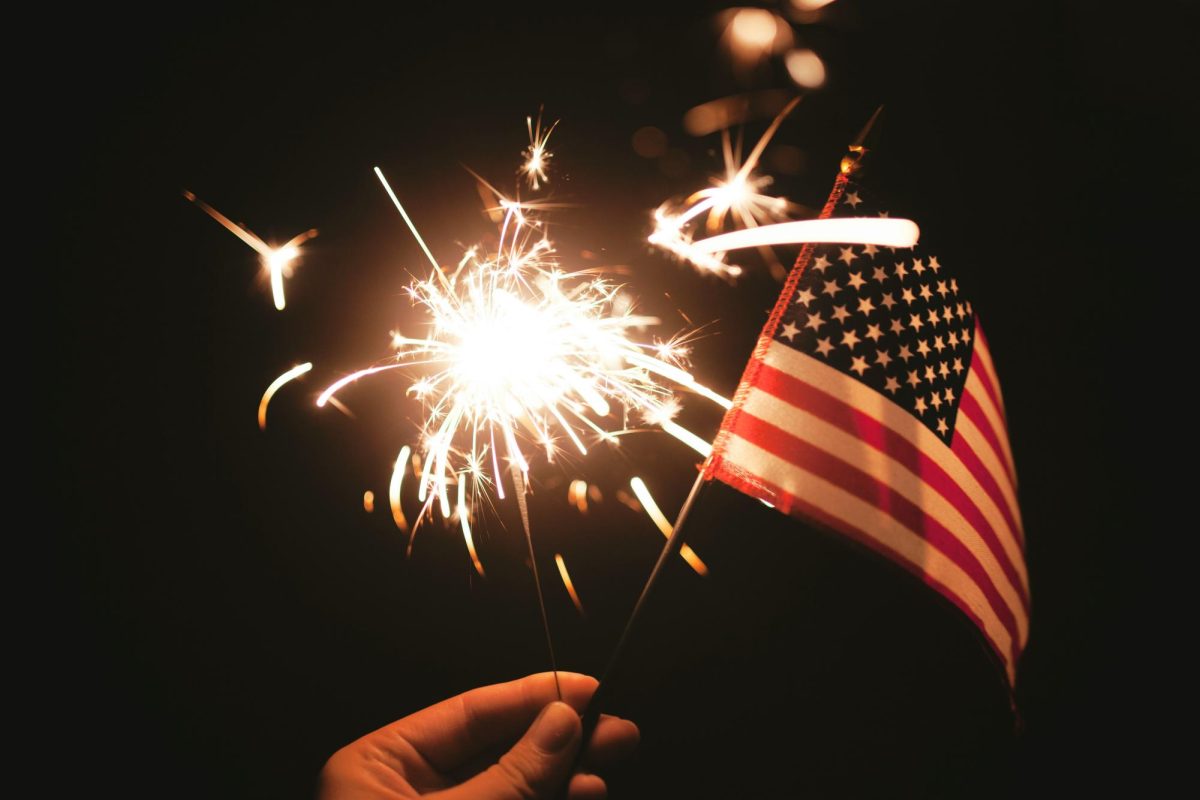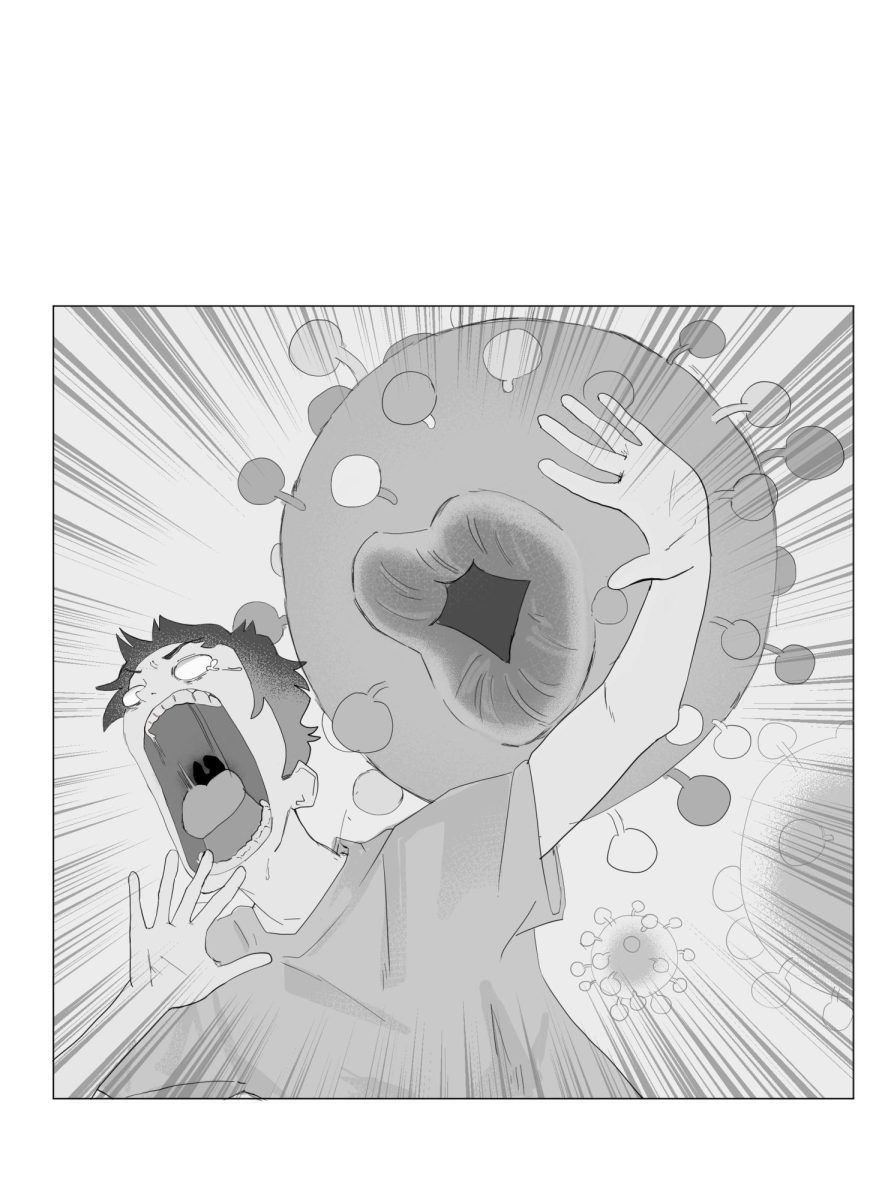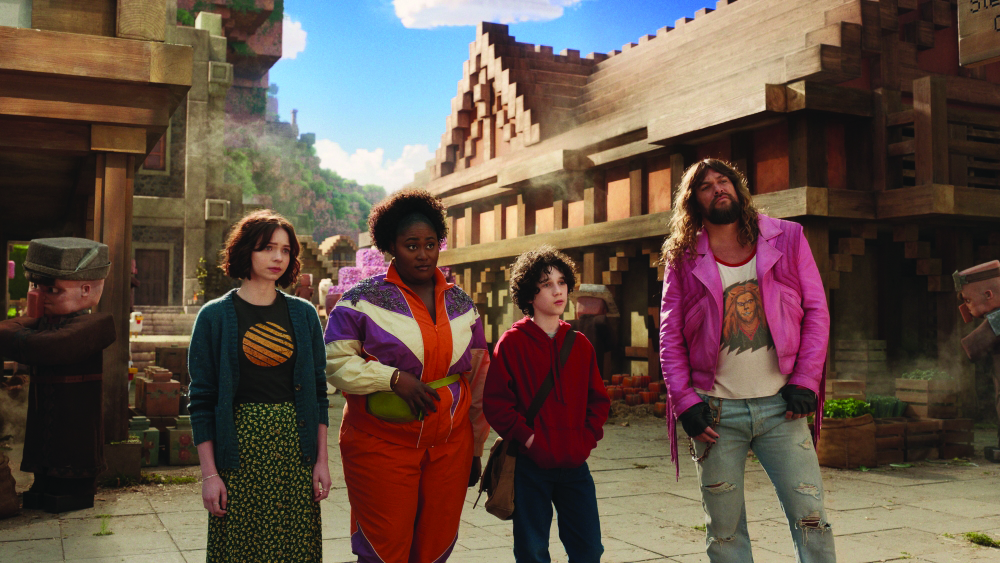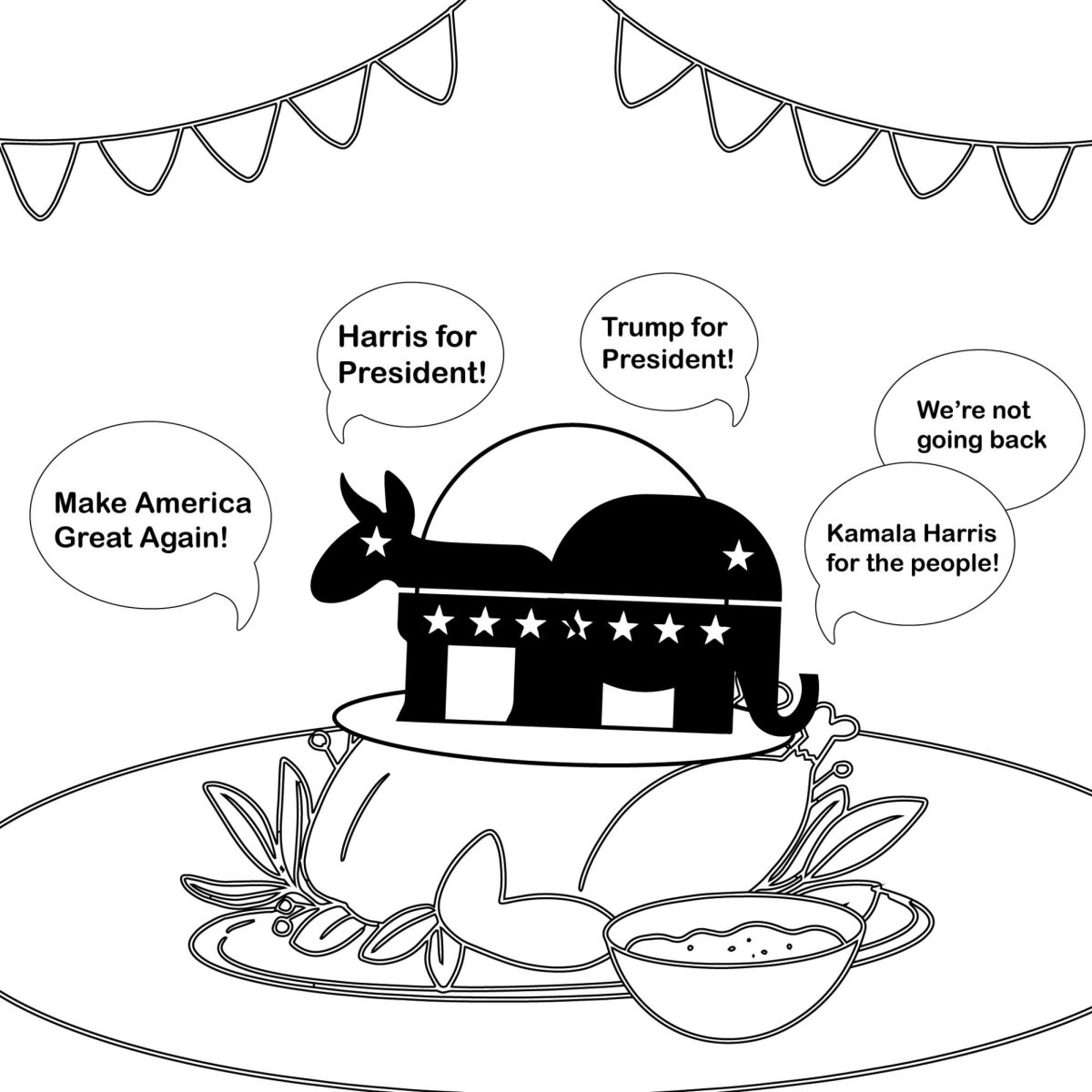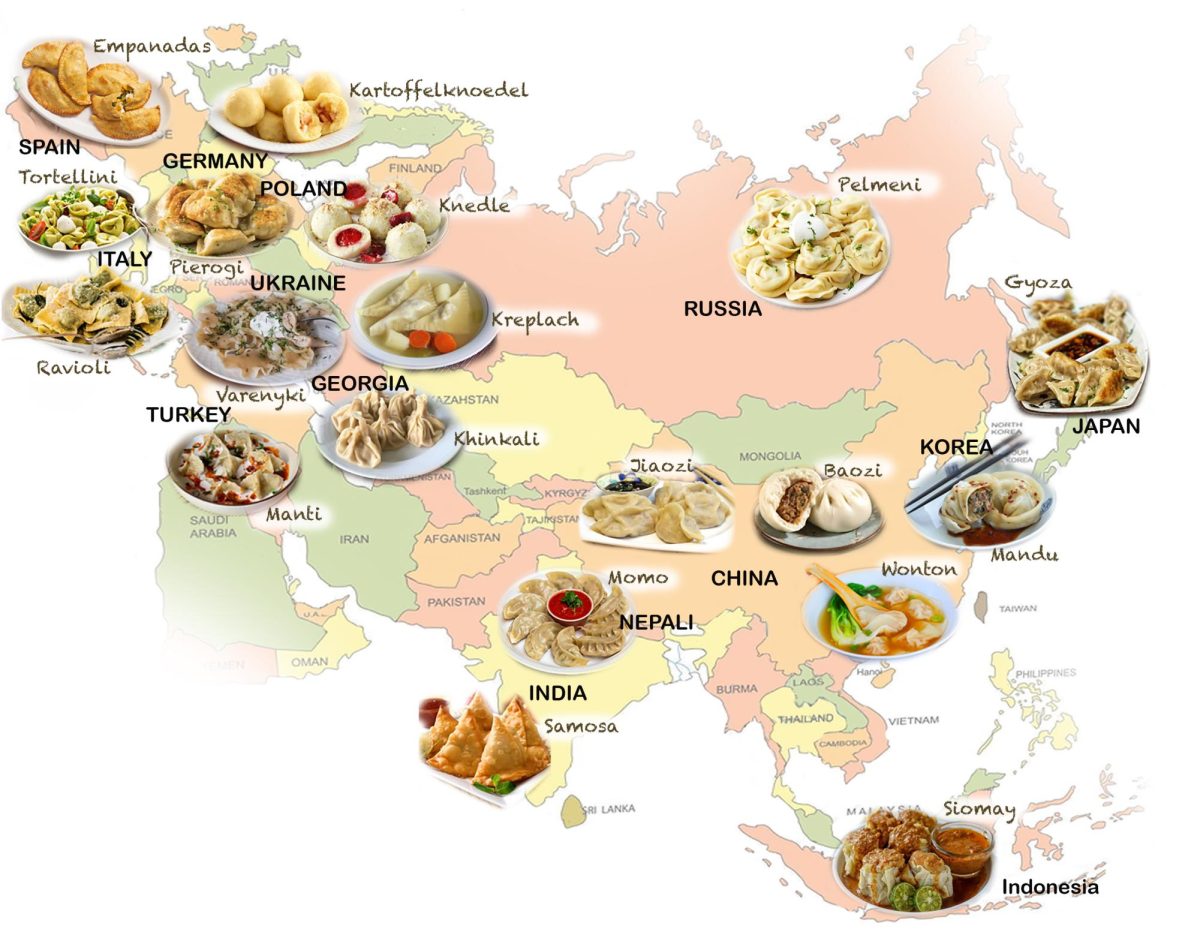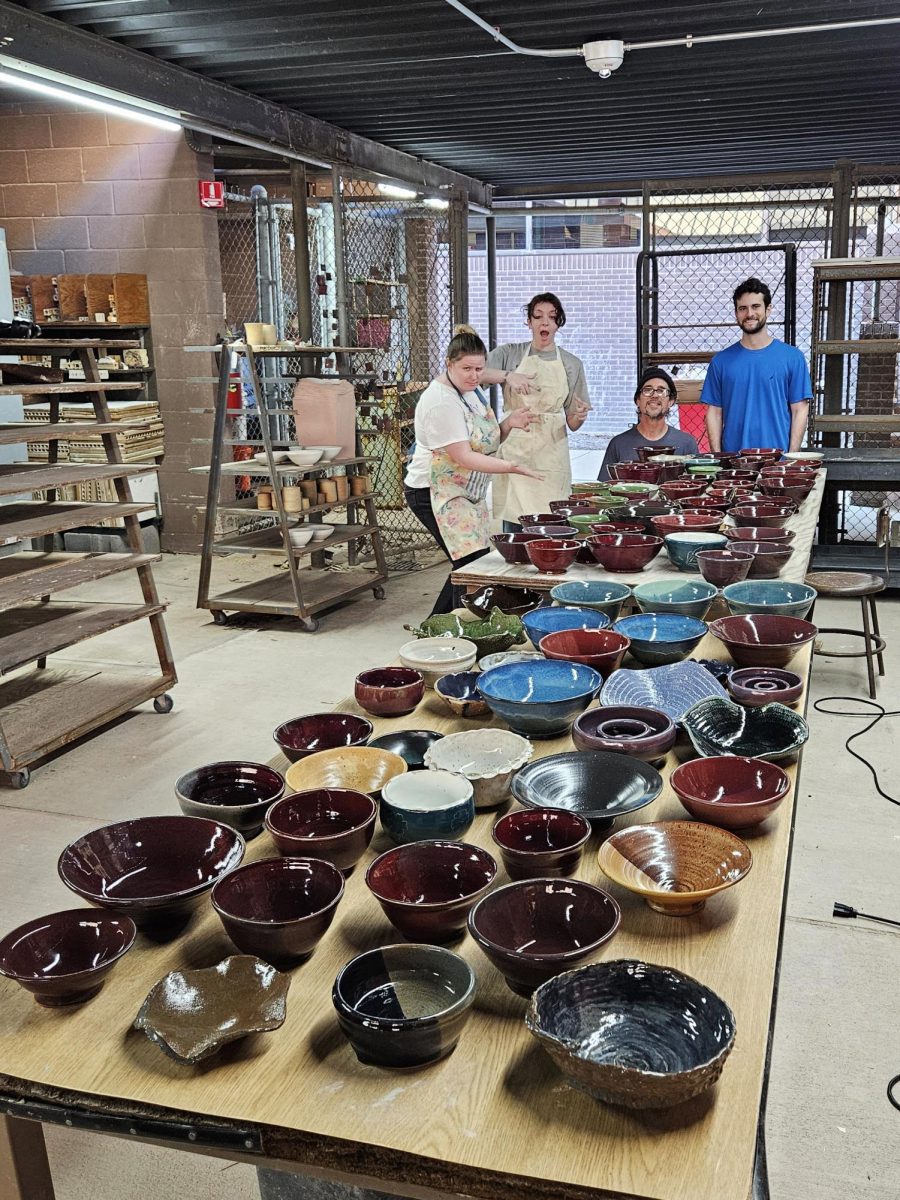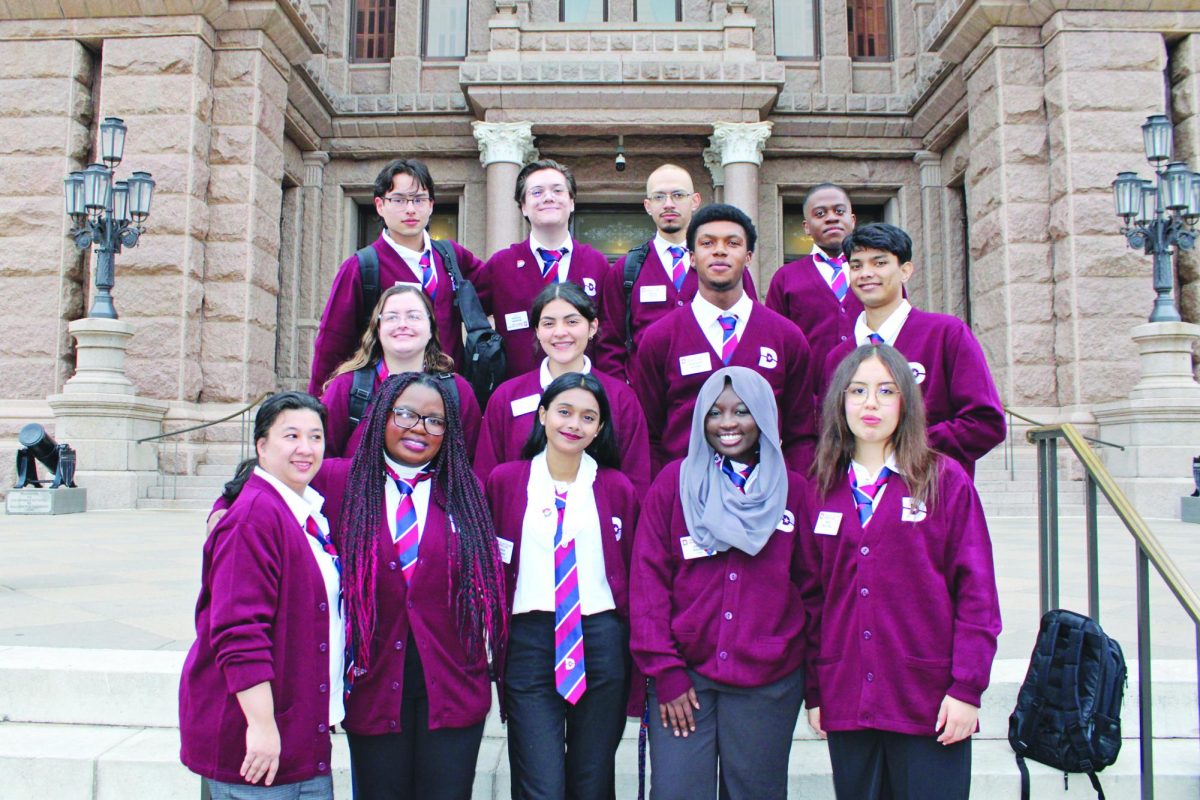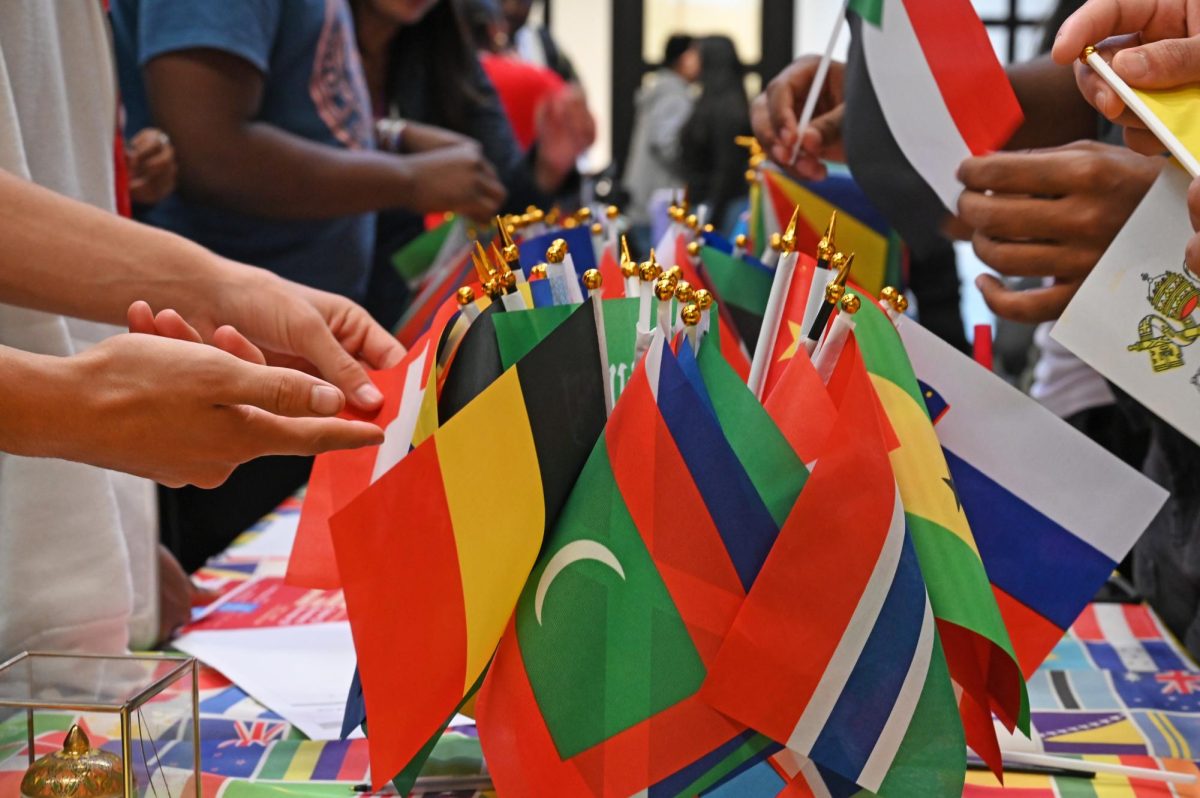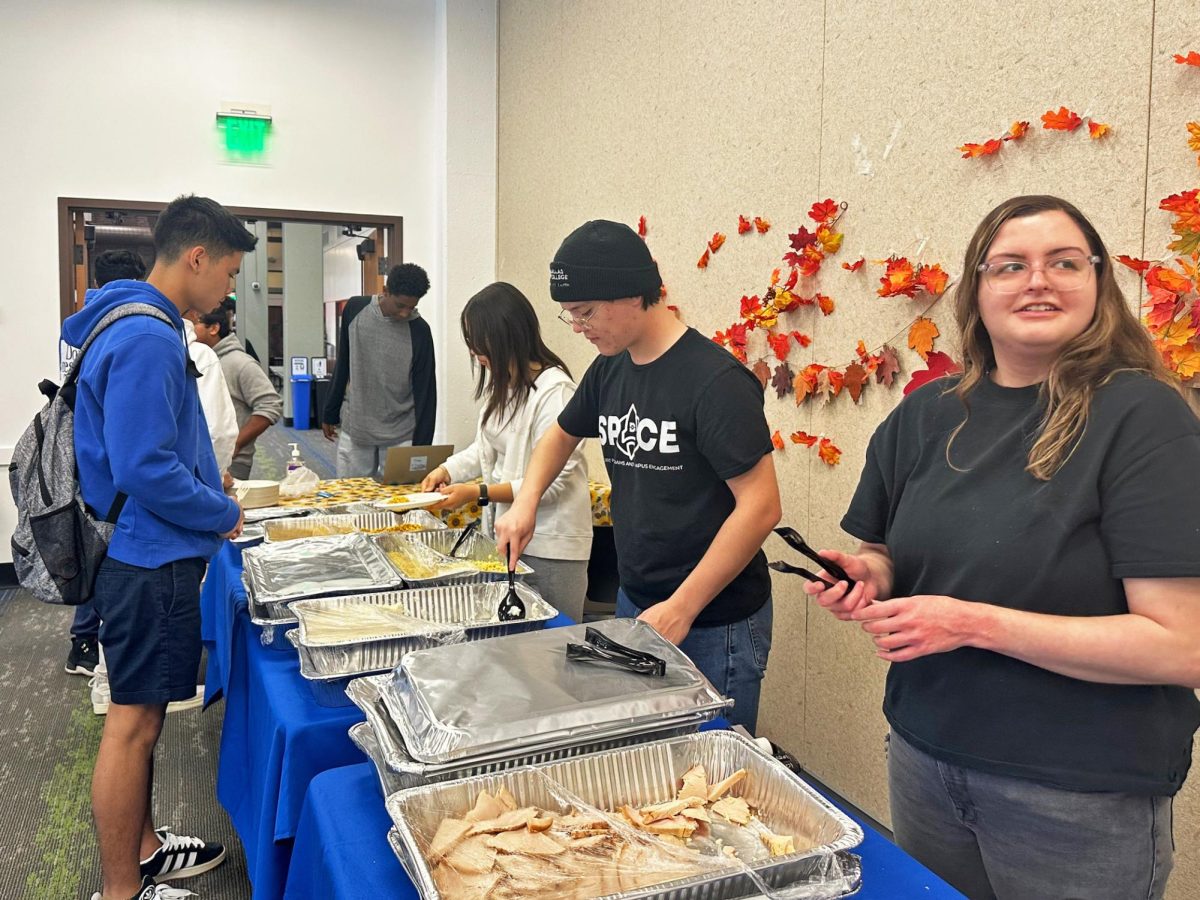Diwali
By Vidhi Bhakta, Social Media Editor
The Festival of Lights or Deepavali is a cheerful five-day harvest festival in India known as Diwali. It begins on Nov. 12, and it is celebrated by various religious including Hindus, Jains, Sikhs and Newar Buddhists.
Families get together, burn firecrackers and worship at temples during this magical festival to transform their sadness into happiness or their weakness into strength. They also prepare Poha, a semi-cooked rice that has been crushed and used to make sweets. This rice is derived from the most recent harvest crop.
The first day of Diwali is called Dhanteras. Families celebrate the birthday of Laxmi — the goddess of wealth, prosperity, fertility, power and beauty — by cleaning their houses, buying jewelry, and making food.
During Diwali’s second day, known as Naraka Chaturdasi, people celebrate the triumph of good over evil by performing Aarti to the goddess Laxmi. Aarti is a tradition believed to purify people’s minds and souls. They wear designer clothes to look good on this ritual day.
The third day of Diwali is Laxmi Puja. People light up Diya — oil lamps — at their home to welcome Laxmi and to get rid of negative energy from their minds and souls.
The fourth day, Bali Pratipada, represents the start of a new year.
The fifth day of Diwali is Bhai Dooj where sisters make lavish dinners for their elder brothers and pray for their well-being. In return, brothers give them gifts.
Ghost Festival
By Ti-Ying Li, Contributing Writer
Asian culture has a unique style of festivals about ghosts. The Ghost festival is an important traditional festival in some parts of Asia. The Ghost Festival is a special Chinese tradition that happens on the 15th day of the seventh lunar month.
People believe ghosts and spirits will come back from hell to visit. Families put out food and burn paper money to make the ghosts and spirits happy. This helps the spirits find peace and not bother the living.
The Ghost Festival has two purposes. First, it lets families honor ancestral spirits by giving them the chance to offer food and gifts to show respect. Many believe it also keeps restless ghosts from causing trouble. In this way, the festival brings harmony between the living and the dead.
Since many believe these spirits can affect our lives on Earth, some people also make wishes and pray for good luck during this special time. One important part of the Ghost Festival is the water lantern. People light lanterns and let them float on the water’s surface.
They believe these lanterns guide the ghosts home to their afterlife. It is an incredibly beautiful view when thousands of lanterns are glowing on the river.
The Ghost Festival is a tradition that is still important to modern Asia culture, reminding us to remember and respect our ancestors while keeping peace with wandering spirits.
Day of the Dead
By Ti-Ying Li, Contributing Writer
Dia de los Muertos — Day of the Dead — is a two-day holiday that originated in Mexico and has roots in Aztec culture. It is celebrated all around the world by people with Mexican heritage on Oct. 31 through Nov. 2. It is a time for families to unite and honor the dead.
However, this is not a time for sadness. Dia de los Muertos is a lively celebration that embraces both death and life. Many believe they can reunite on earth with the spirits of their dead loved ones.
Families build alters at home with themes associated with death for their departed ancestors. The altars are decorated with candles, marigold flowers, calaveras de azucar — sugar skulls — and their ancestors favorite food dish.
Halloween
By Theressa Velazquez, Editor-in-Chief
Halloween is a modern American holiday that evolved tremendously throughout the 19th and 20th century.
Halloween is derived from the phrase “All Hallows Eve” — the evening before “All Hallows Day,” now known as “All Saints Day.” The Christian holiday originally celebrated in May but was later moved to Nov. 1, the same date Celtic Pagans celebrated Samhain.
Samhain — meaning “summer’s end” — was the first day of the new year and the last day of Europe’s crop harvest. Therefore, from sunset on Oct. 31 to sunset on Nov. 1 marks Samhain.
Celtic Pagans believed that on the night before Samhain, the boundary between the world of the living and dead was blurred and allowed spirits to crossover. So, for 2,000 years Celtic Druids would disguise themselves on this night to avoid evil spirits and light bonfires to burn crops and animals as a sacrifice to the Celtic deities.
When European settlers arrived in America in the 19th century, they brought with them their traditions and beliefs. The modern Halloween jack-o-lantern derived from the Irish folklore story about Stingy Jack — A sinful man who held a lantern gifted by the devil to guide him while in purgatory.
In the early 20th century, Halloween became a mischievous night for youngsters who would trick people, physically assault people and vandalize communities. But by the 1930s, Halloween was transformed to a friendlier night. Instead of tricking people, kids would dress in costumes and receive treats.
Today, Halloween is a party night celebrated by both children and adults alike, who enjoy dressing up, and celebrating the spooky stories and festivities associated with the holiday.

